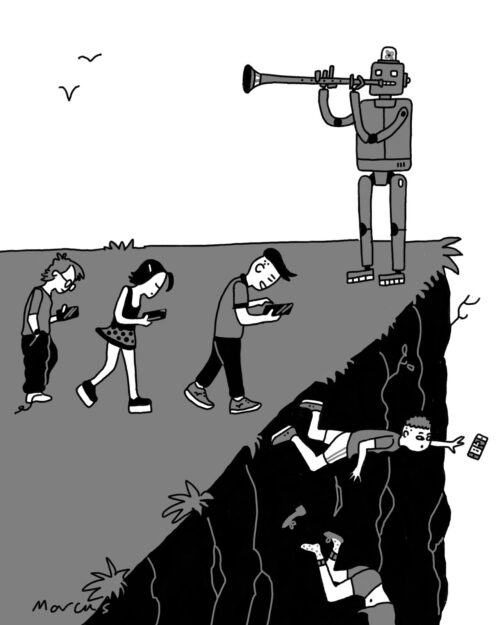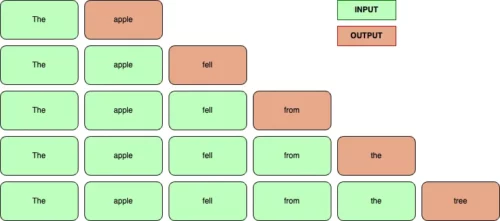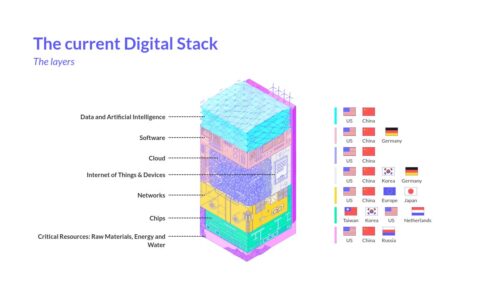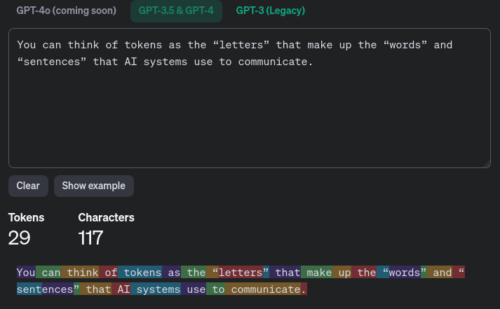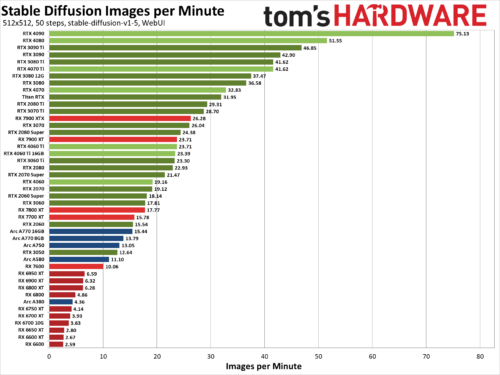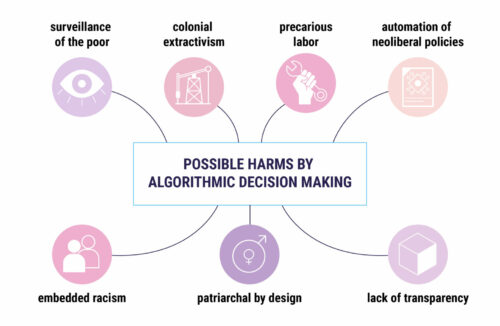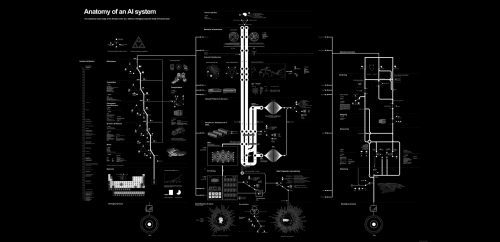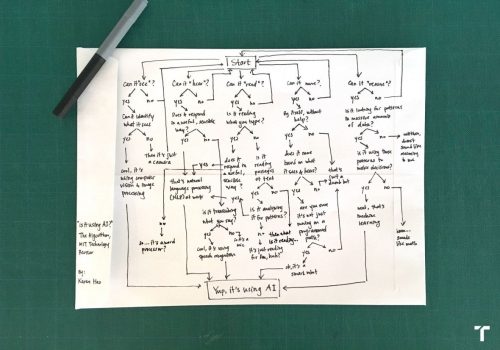The cost of using AI for coding is closer to a human than you might think.
Looking at costs this way tells me that Warp is operating at a huge loss. I live in Amsterdam so my monthly energy bill would be around 2k, yet I pay Warp no more than 90 euros.
Which brings me to the following: isn’t it cheaper to just hire a programmer from a low-wage country?
Not cheaper for me, mind you, I see the nominal difference. Cheaper for the environment maybe?
Is it?
Hiring a full time skilled programmer in, say, India or Latin America, would cost an average of 2,000 euros a month. Remote, of course. But similar in that I would have a developer on a screen.
So yes, for the environment, it would be cheaper. Lot’s. The average cost of home energy is around 50 euros in those countries, multiple people live in a home.
As is pointed out before, AI is an energy guzzler. The way it’s done now is tremendously inefficient, generating a single query response could cost as much energy as lighting a room for an hour.
But it’s early days yet. Early high pressure steam engines were also very inefficient, and prone to blowing up and wounding, maiming and killing who knows how many operators. James Watt’s designs were much safer, using low pressure to achieve better results.
So here’s to hoping that sometime soon we’ll invent a better way. Until then, it’s good to know that using a coding agent is costing someone, but probably not you, as much as hiring a human.


